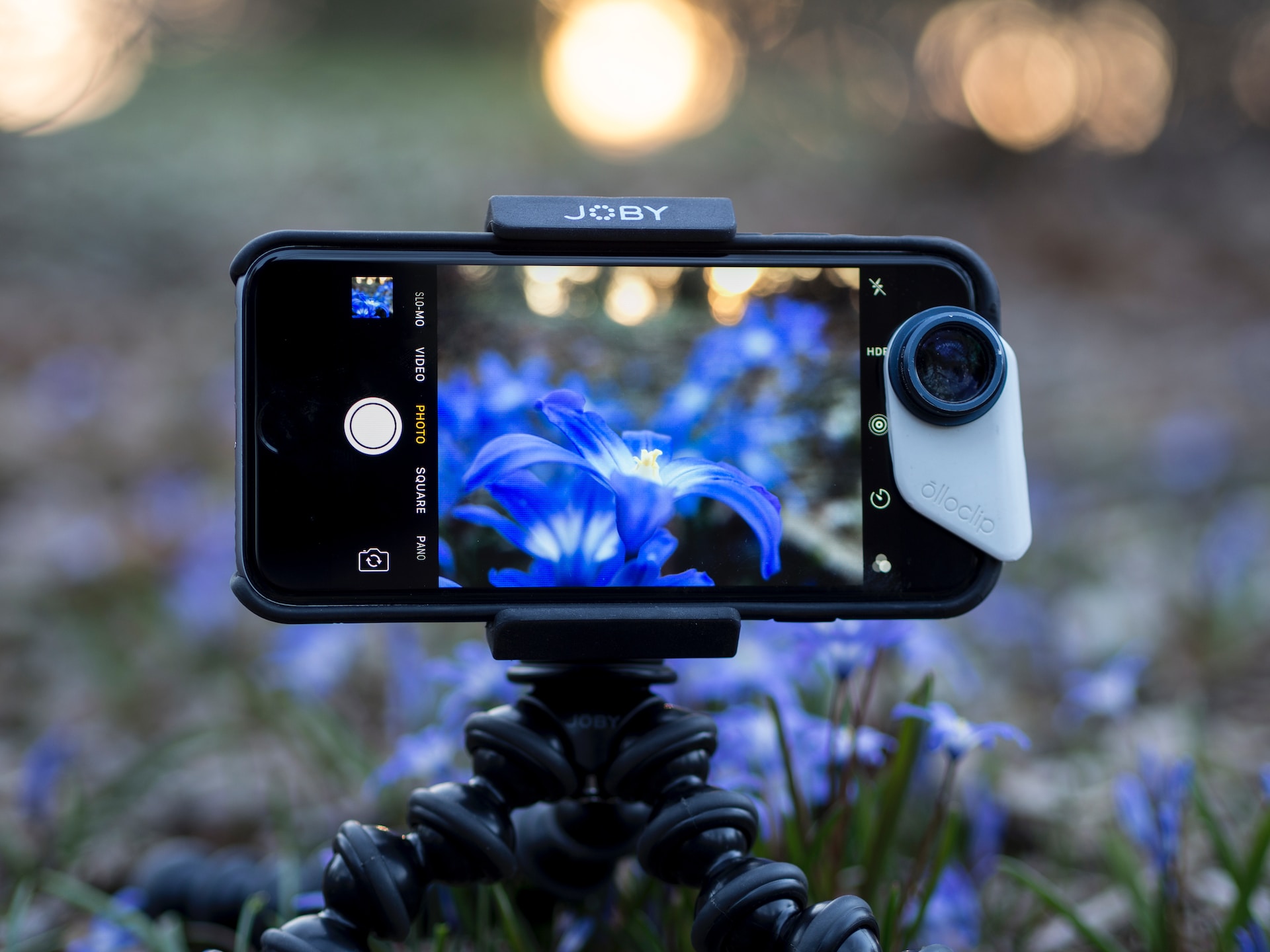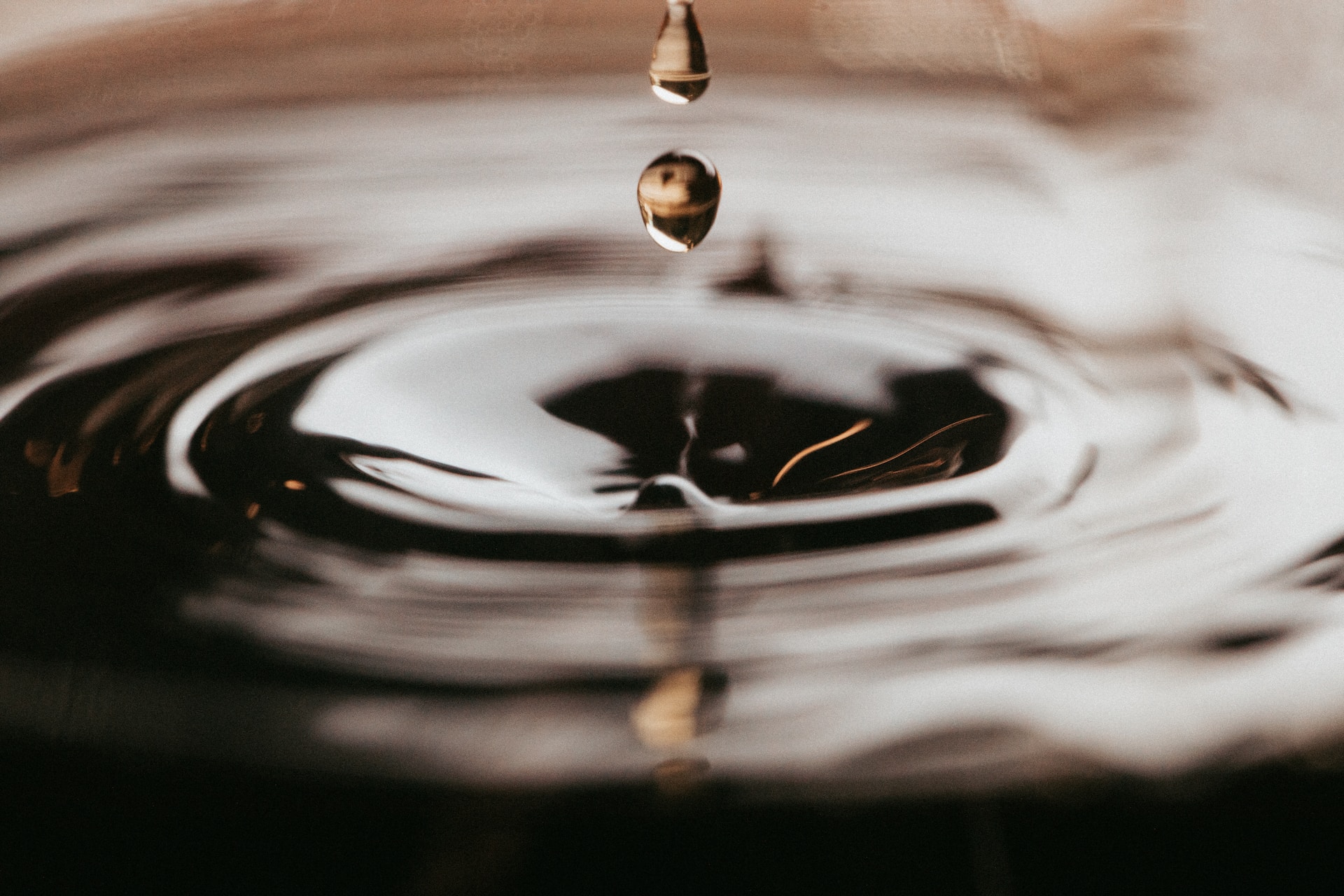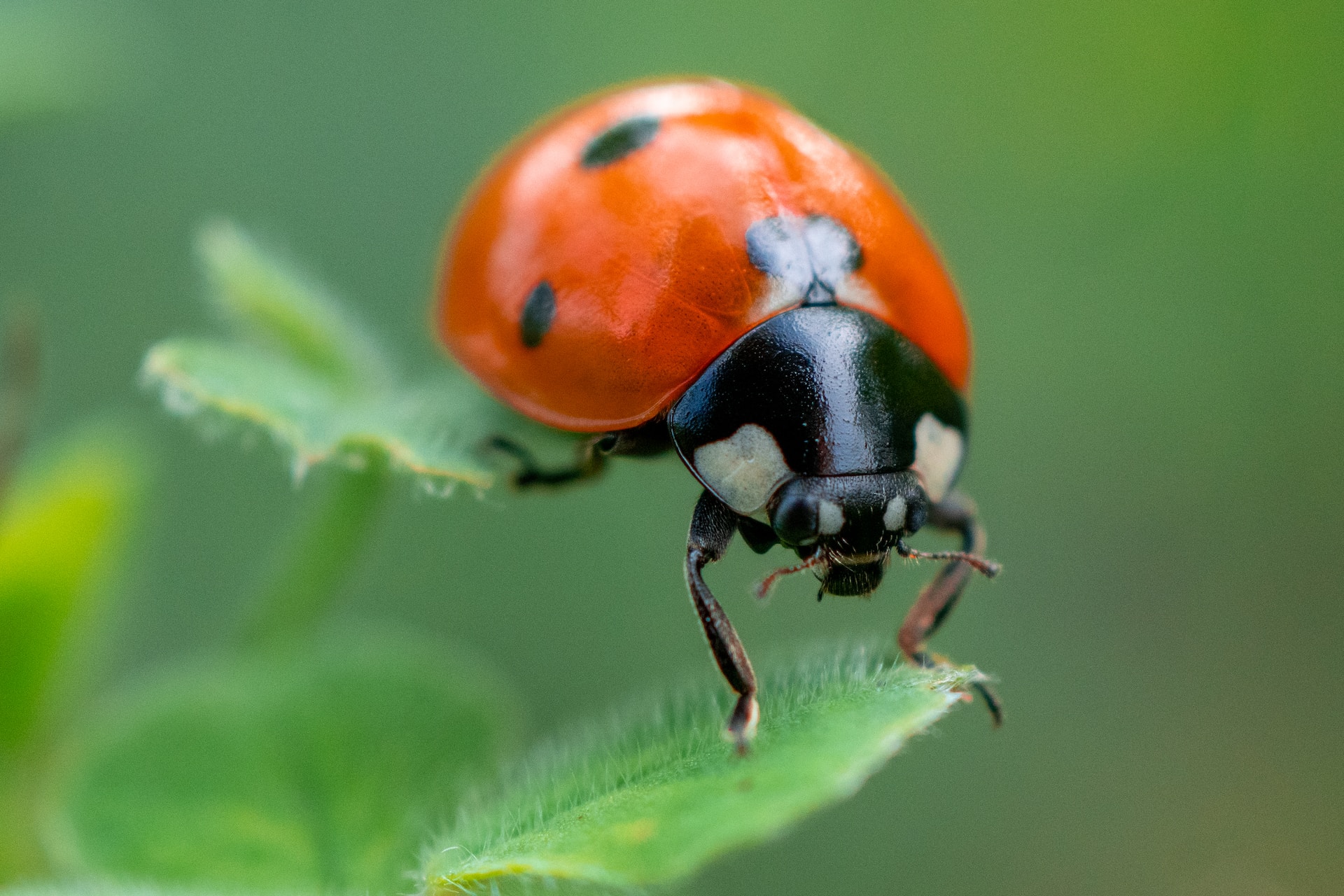Macro photography is a technique for capturing minute details and exploring a miniature world often invisible to the naked eye. It is a fascinating discipline that requires time, patience and a good mastery of certain techniques.
1. Proper equipment
To begin with, it is essential to have the right equipment to obtain quality macro photos. You will need a macro lens, which will allow you to get as close as possible to your subject while maintaining sharpness and capturing details. It is recommended to use a focal length of 90mm or more for greater flexibility.
2. Choice of subject
Macro photography gives you a wide range of potential subjects. Whether it’s an insect, a flower or an everyday object, the main thing is to choose a subject that has interesting and aesthetic details. Take the time to observe your surroundings and identify subjects that could lend themselves to macro photography.
3. Light
Light plays a crucial role in macro photography. Favor natural light by choosing sunny days or use a cobra flash to illuminate your subject evenly. Be sure to avoid unwanted shadows by using a diffuser or placing your subject in a well-lit location.

4. Depth of field
Depth of field is a key element in macro photography. It is important to choose a suitable aperture to achieve a good balance between focus and blurred background. Opt for an aperture of f/8 to f/16 for a larger area of sharpness.
5. Focus
Focusing is one of the trickiest aspects of macro photography. To achieve maximum sharpness, use manual focus and take the time to fine-tune your focus. You can also use the focus stacking technique, which consists of taking several photos with different focuses and then merging them in post-processing.
6. The composition
Composition is an essential element of any photography, including macro. Use lines, shapes and colors to create a harmonious and balanced composition. Experiment with shooting angles and don’t hesitate to get as close as possible to your subject to capture surprising details.
7. Stability and support
Due to the proximity to the subject, macro photography is particularly sensitive to camera movement. Use a tripod to stabilize your camera and avoid camera shake. You can also use a remote shutter release to further reduce vibration.
8. Post-processing
After taking your macro photos, it’s time to enhance them with post-processing. Use photo editing software to adjust brightness, contrast and colors. You can also crop your images to highlight the most interesting details.
The importance of the background in macro photography
The background of a macro photograph can make all the difference between an average image and a spectacular one. While the main focus in macro photography is often the subject itself, the background plays a vital role in highlighting that subject. Ignoring the background can lead to distractions, while a well-chosen background can enhance the impact of your subject.
The background as an element of harmony
A good background brings harmony to the image. It can be used to complement the colors and textures present in the subject, creating a cohesive image. For example, when photographing a flower with red petals, a soft green background can intensify the red color of the flower.
Eliminating Distractions
It is essential to check the background of your image for any distracting elements. A blade of grass, a blurry leaf, or even very light or very dark areas can distract the viewer’s eye. By taking the time to position your device or choose the right angle, you can often avoid or minimize these distractions.
Create a blur effect
Using a shallow depth of field can help create a soft, blurred background, putting more emphasis on your subject. This is especially useful if the background is cluttered or distracting. Choosing a large aperture (for example f/2.8 or f/4) will reduce the depth of field and achieve this effect.
The emotional impact
The background can also contribute to the overall atmosphere of the image. A dark background can give a mysterious vibe, while a bright, colorful background can evoke feelings of joy and wonder.

The use of colors in macro photography
Colors in macro photography have the power not only to beautify an image, but also to convey emotions, tell a story or highlight specific details. While background and focus are essential in macro photography, color plays an equally crucial role in overall composition.
The language of colors
Each color can evoke a different emotion or feeling. For example, blue can evoke tranquility, red passion, and green nature or growth. In macro photography, these emotions can be amplified due to the detail and proximity of the subject. So, choosing the colors present in your frame wisely can help convey a specific message or reinforce a particular emotion.
Contrasts and harmonies
Using contrasting colors can make an image more dynamic. For example, a yellow subject against a purple background will create a strong contrast, because these colors are opposite each other on the color wheel. Likewise, using harmonious colors, such as different shades of green, can give a sense of balance and cohesion to the image.
The symbolism of colors
Colors also have cultural significance and can be interpreted differently in different contexts. For example, in some cultures white may symbolize purity, while in others it may represent mourning. Being aware of these nuances can help you create images that resonate with a specific audience or convey a particular message.
Experiment with saturation
Color saturation can also be adjusted to produce different effects. Bright, saturated colors can make an image more energetic and dynamic, while softer, less saturated colors can give a softer, dreamy vibe.












